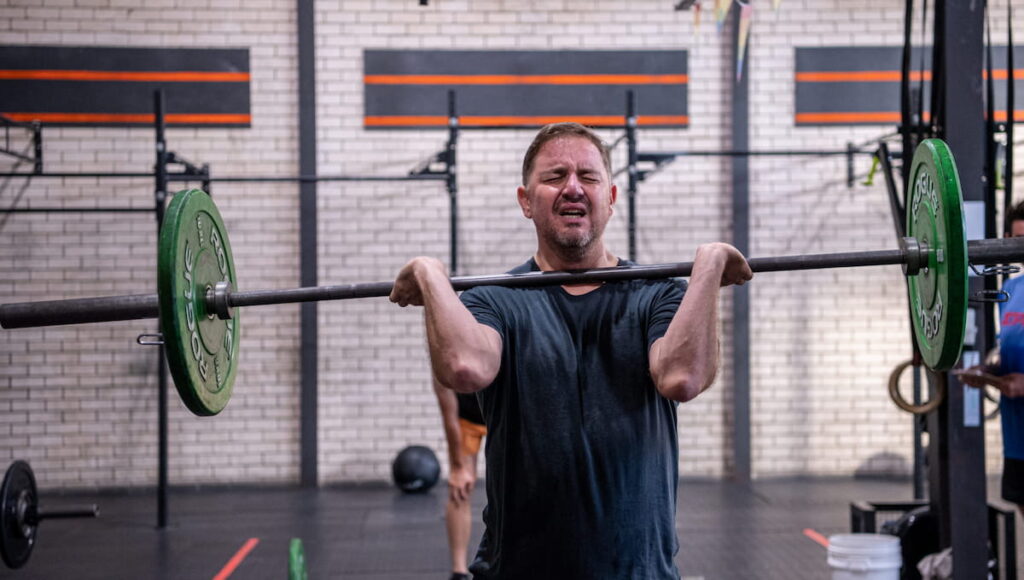Building an aesthetic physique requires a well-balanced approach to training, and leg day plays a crucial role in this process. Many lifters unknowingly make mistakes that lead to an imbalanced lower body, negatively impacting overall aesthetics. This article outlines three common leg day mistakes and the scientifically backed solutions to correct them.
1. Over-Focusing on Quads While Neglecting the Posterior Chain

The Problem
A common mistake in leg training is an excessive focus on quadriceps development at the expense of the posterior chain. Movements like leg presses and leg extensions dominate many routines, but the hamstrings and glutes are often left undertrained. This leads to an imbalanced look, with overdeveloped quads and underdeveloped hamstrings and glutes, reducing the aesthetic appeal of the legs.
The Science
The posterior chain, consisting of the hamstrings, glutes, and lower back, plays a critical role in posture, athletic performance, and muscle symmetry. Studies have shown that a weak posterior chain not only impacts aesthetics but also increases the risk of injuries, particularly ACL tears and lower back issues (Hewett et al., 2005). Additionally, electromyography (EMG) studies indicate that exercises like Romanian deadlifts and Nordic hamstring curls elicit higher activation in the hamstrings compared to traditional leg curls (Ebben et al., 2009).
The Fix
To achieve balanced development, incorporate exercises that target the posterior chain effectively. Movements such as Romanian deadlifts, glute bridges, and Nordic curls should be included in every leg session. Additionally, adjust training volume to ensure equal emphasis on the anterior and posterior muscles. A well-balanced programme should have a roughly 1:1 ratio of quad-to-hamstring exercises.
2. Neglecting Unilateral Leg Training

The Problem
Many gym-goers focus solely on bilateral movements like squats and leg presses while neglecting unilateral exercises. This results in strength and size imbalances between the legs, contributing to poor symmetry and an uneven physique.
The Science
Unilateral training is crucial for correcting muscle imbalances, improving coordination, and enhancing athletic performance. Research has shown that single-leg exercises such as Bulgarian split squats and step-ups activate stabilising muscles that bilateral exercises often overlook (McCurdy et al., 2005). Furthermore, unilateral training has been found to reduce compensatory movement patterns that can lead to injury (Sato & Mokha, 2009).
The Fix
Incorporate at least two unilateral exercises in every leg workout. Bulgarian split squats, single-leg Romanian deadlifts, and step-ups are excellent choices. These exercises not only improve muscle balance but also enhance core stability and movement efficiency. Additionally, performing unilateral movements helps improve mind-muscle connection, ensuring both legs develop evenly.
3. Training With an Inefficient Range of Motion
The Problem
Partial reps and shallow squats are common mistakes that hinder leg development. Many lifters fail to reach full depth in their squats and lunges, leading to suboptimal muscle engagement. This limits hypertrophy and creates an imbalanced look, with thighs that appear large at the top but taper off towards the knees.
The Science
Research demonstrates that training through a full range of motion (ROM) results in superior muscle hypertrophy compared to partial range training (McMahon et al., 2014). In particular, deep squats activate the glutes and hamstrings to a much greater degree than shallow squats (Bloomquist et al., 2013). Furthermore, full ROM movements improve mobility and functional strength, reducing the risk of injuries related to poor flexibility and joint mechanics.
The Fix
Prioritise exercises that allow for a full stretch and contraction. In squats, ensure your hip crease drops below parallel to fully activate the quads, hamstrings, and glutes. For lunges and step-ups, aim for a deep stretch at the bottom. Implementing mobility drills, such as ankle dorsiflexion stretches and hip flexor mobility exercises, can also enhance ROM and movement quality. Additionally, tempo training (e.g., slowing down the eccentric phase) can improve control and ensure full-depth execution.
Conclusion
Avoiding these three leg day mistakes will lead to a more symmetrical, balanced, and aesthetic lower body. By emphasising posterior chain training, incorporating unilateral exercises, and using a full range of motion, lifters can maximise their leg development and achieve a more proportional physique.
Key Takeaways
| Mistake | How to Fix It |
|---|---|
| Over-focusing on quads while neglecting the posterior chain | Include Romanian deadlifts, glute bridges, and Nordic curls; balance training volume |
| Neglecting unilateral leg training | Add Bulgarian split squats, step-ups, and single-leg Romanian deadlifts |
| Training with an inefficient range of motion | Squat to full depth, improve mobility, and incorporate tempo training |
References
- Bloomquist, K., Chelly, M. S., Van den Tillaar, R., Rosene, J., Solheim, F., Krosshaug, T., & Bahr, R. (2013). Effect of range of motion in heavy load squatting on muscle and tendon adaptations. European Journal of Applied Physiology, 113(8), 2133-2142.
- Ebben, W. P., Feldmann, C. R., Dayne, A., Mitsche, D., Alexander, P., & Knetzger, K. (2009). Muscle activation during lower body resistance training. Journal of Strength and Conditioning Research, 23(1), 258-269.
- Hewett, T. E., Ford, K. R., Hoogenboom, B. J., & Myer, G. D. (2005). Understanding and preventing ACL injuries: Current biomechanical and epidemiologic considerations. North American Journal of Sports Physical Therapy, 2(3), 155-160.
- McCurdy, K., Walker, J., Yuen, D., Gluck, M., & Langford, G. (2005). A comparison of unilateral squat exercises with step-up exercises. Journal of Strength and Conditioning Research, 19(4), 898-903.
- McMahon, G. E., Morse, C. I., Burden, A., Winwood, K., & Onambélé, G. L. (2014). Impact of range of motion during ecologically valid resistance training protocols on muscle size, subcutaneous fat, and strength. Journal of Sports Sciences, 32(18), 1808-1816.
- Sato, K., & Mokha, M. (2009). Does core strength training influence running kinetics, lower-extremity stability, and 5000-M performance in runners?. Journal of Strength and Conditioning Research, 23(1), 133-140.


